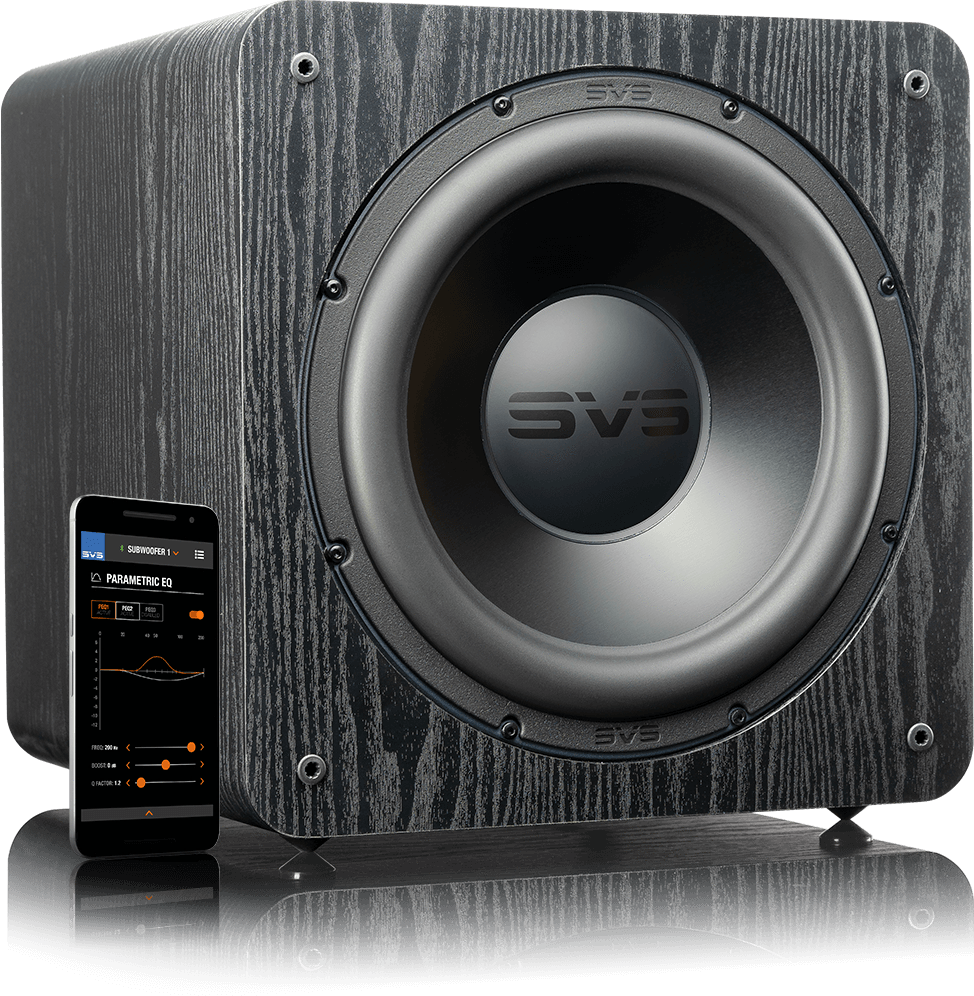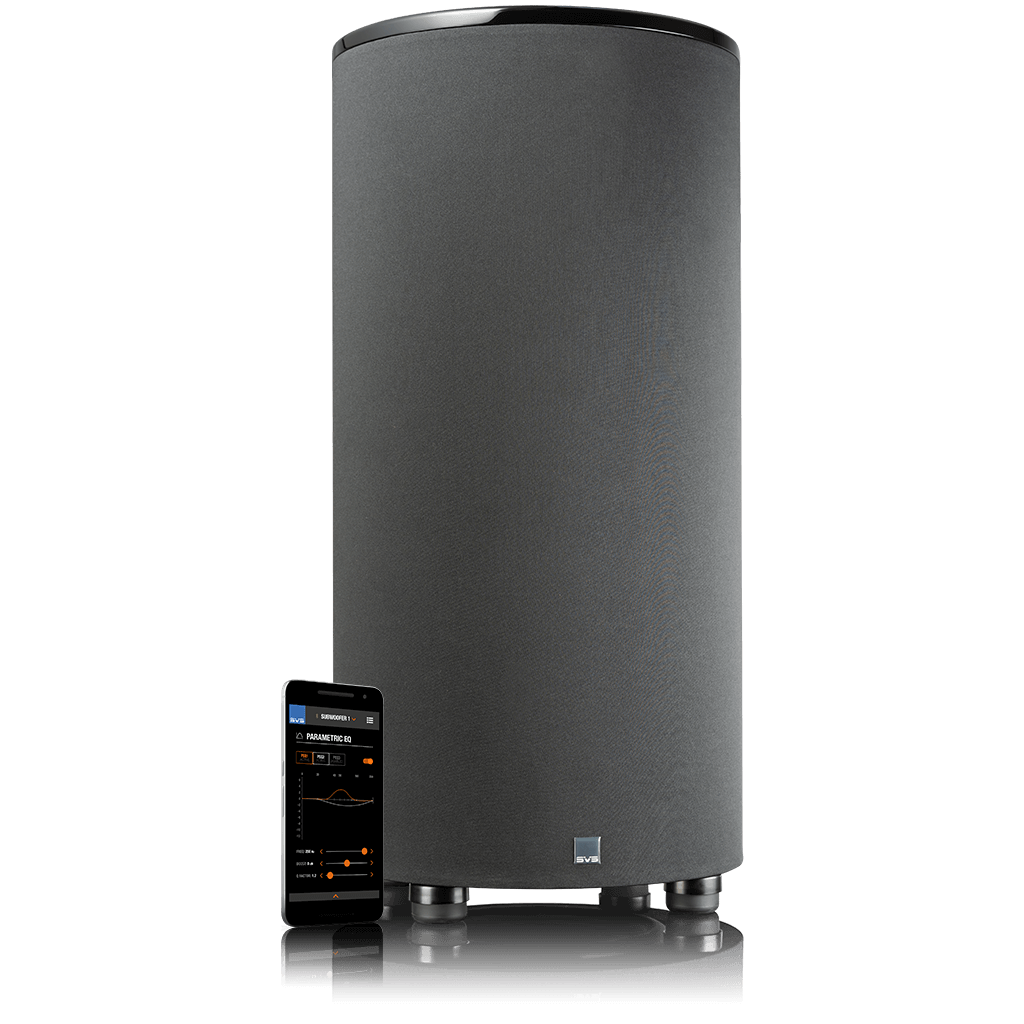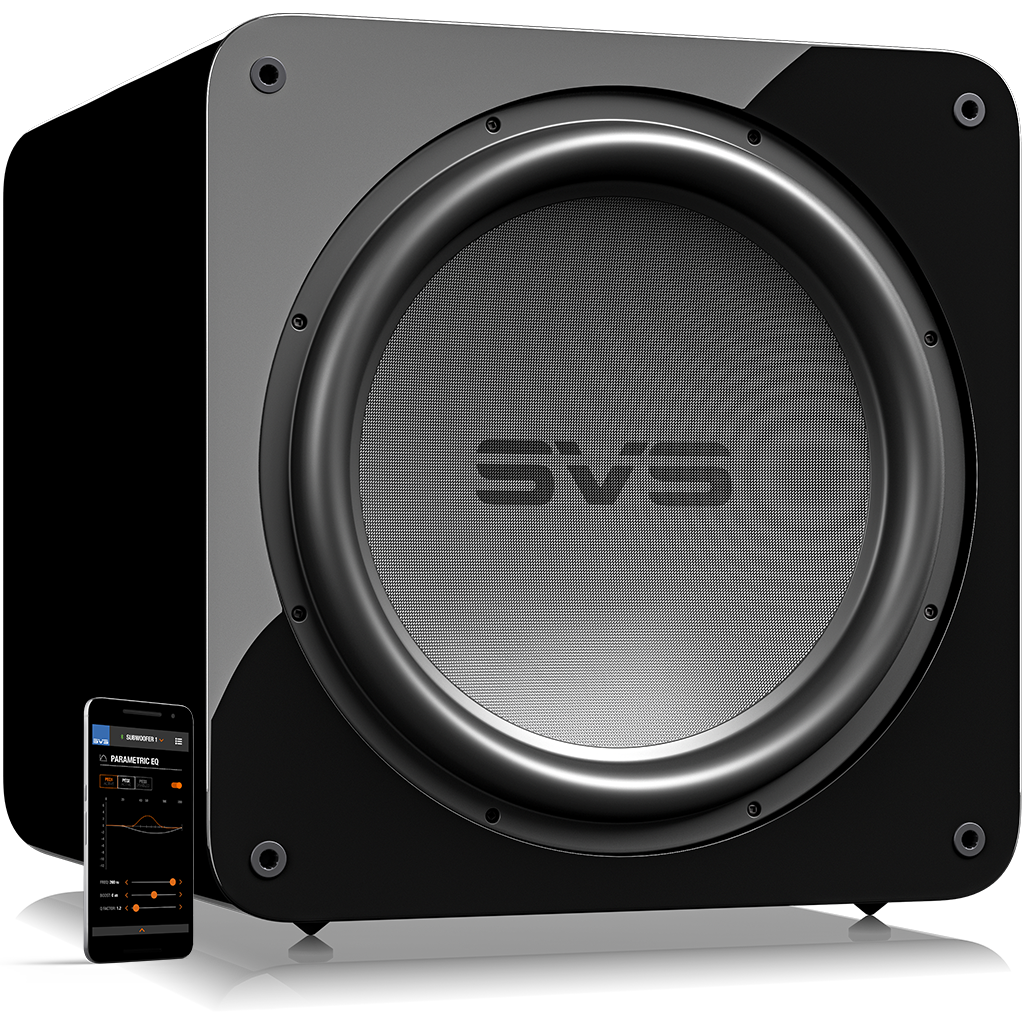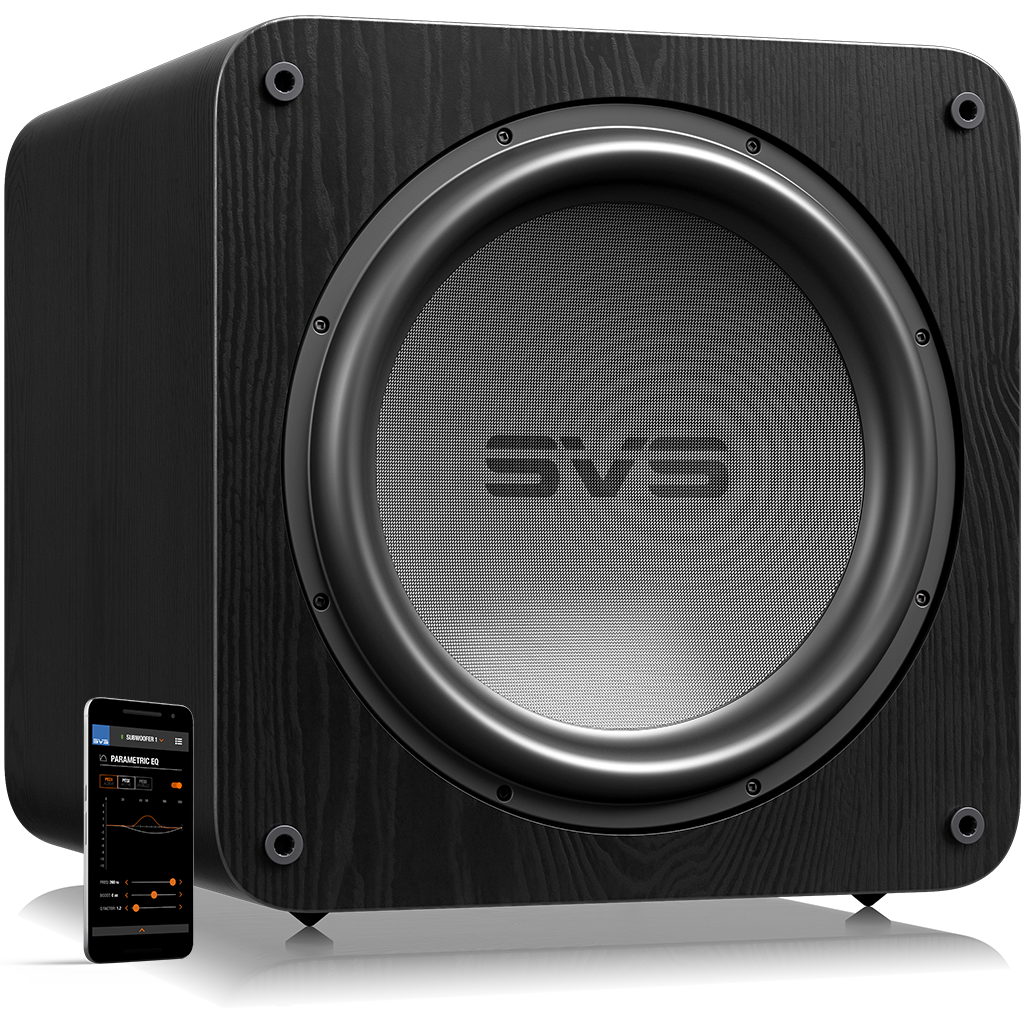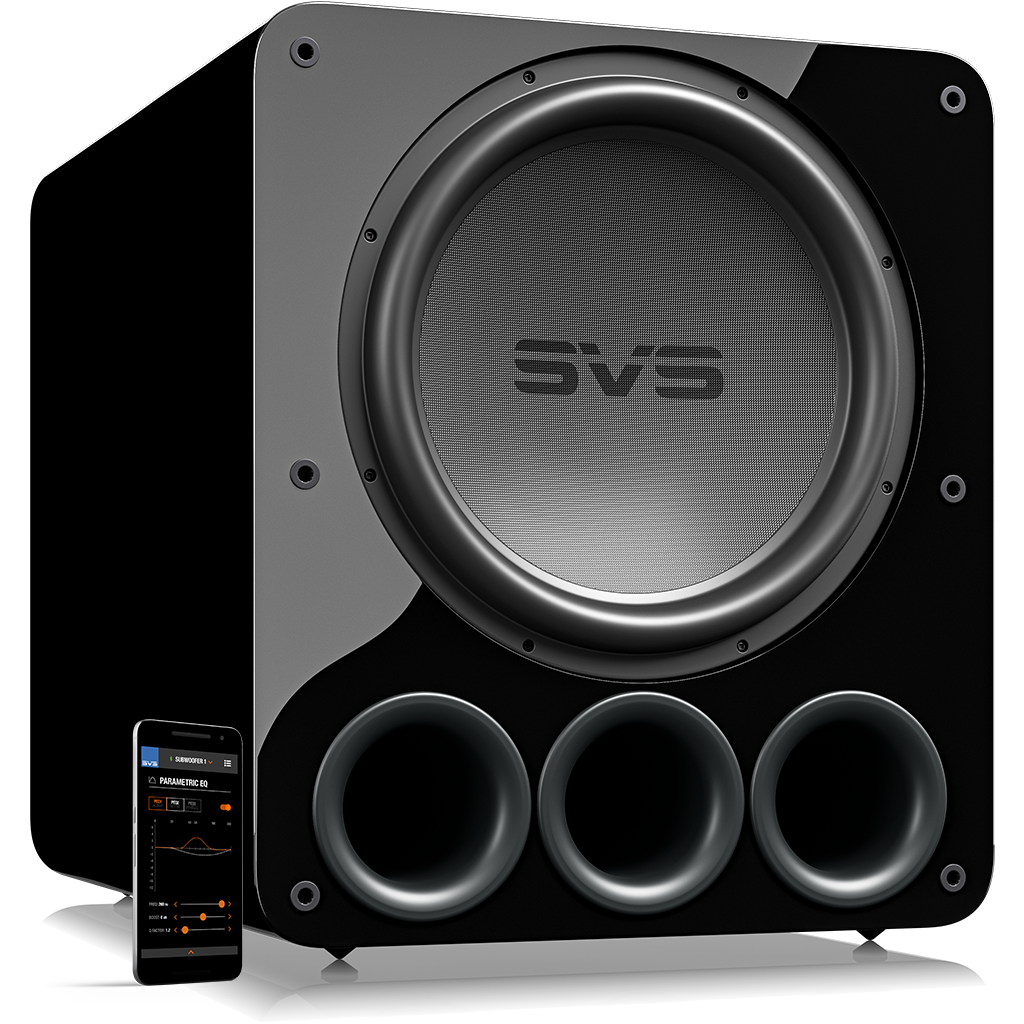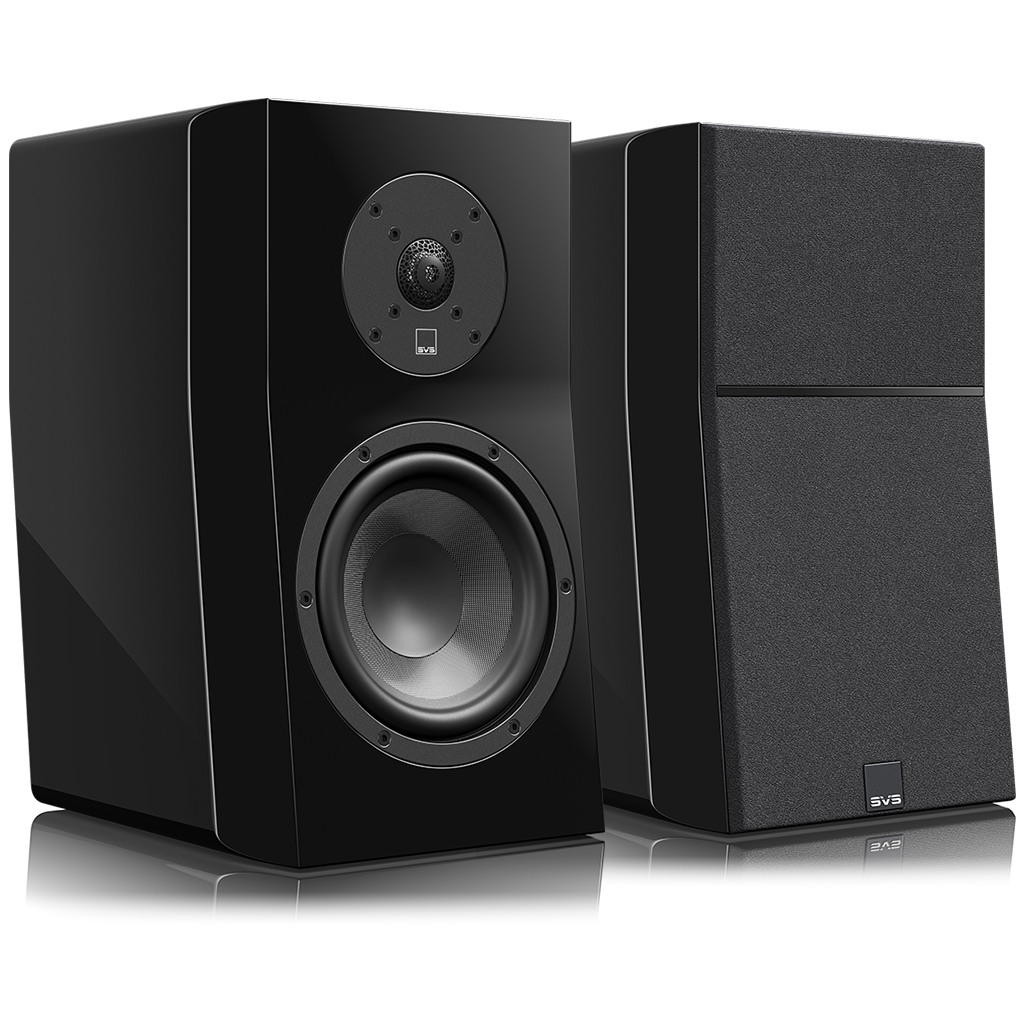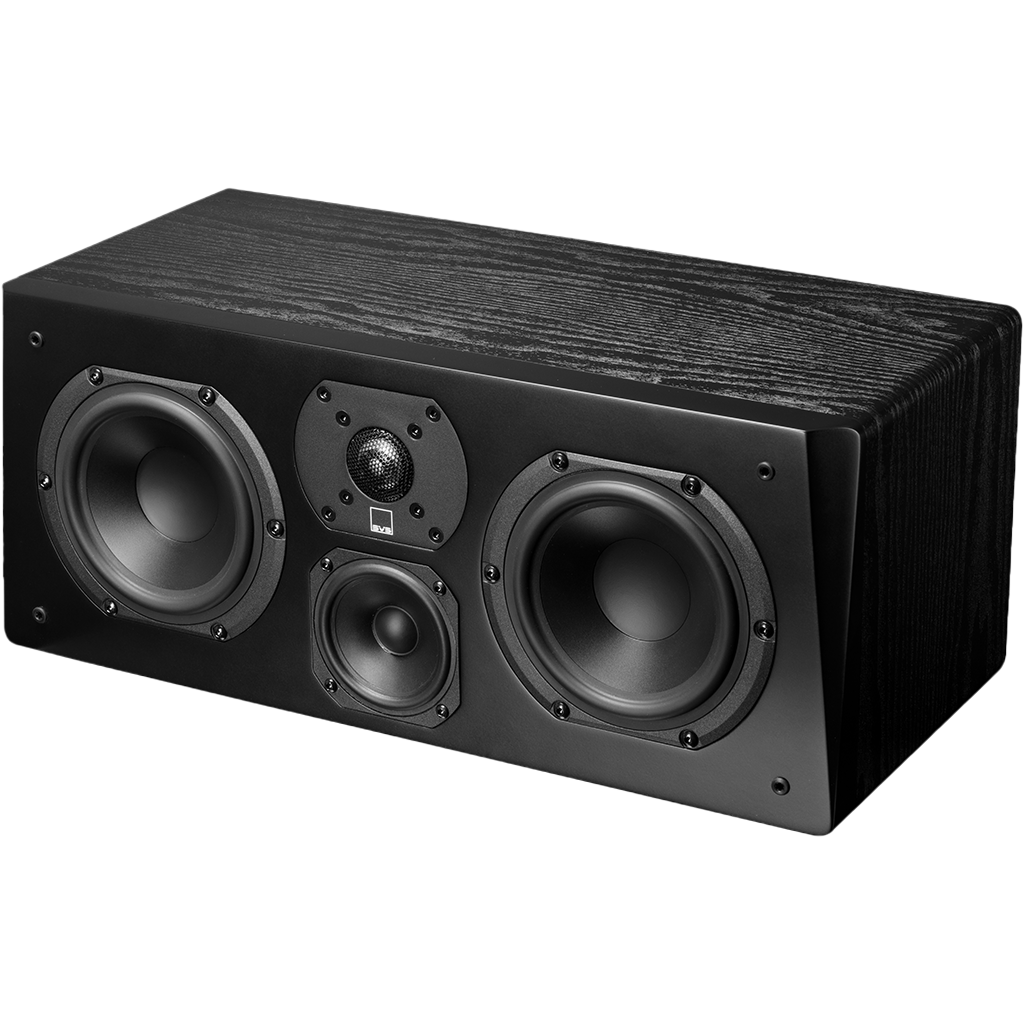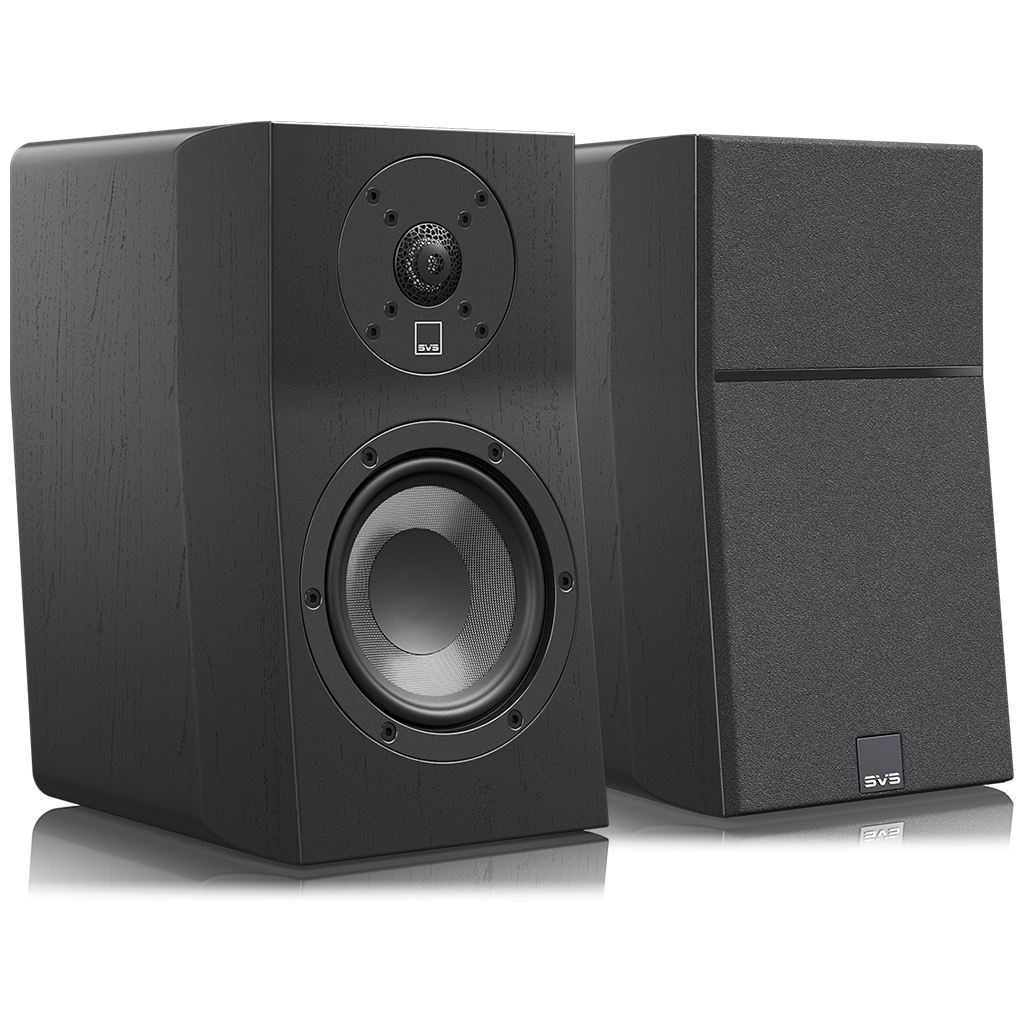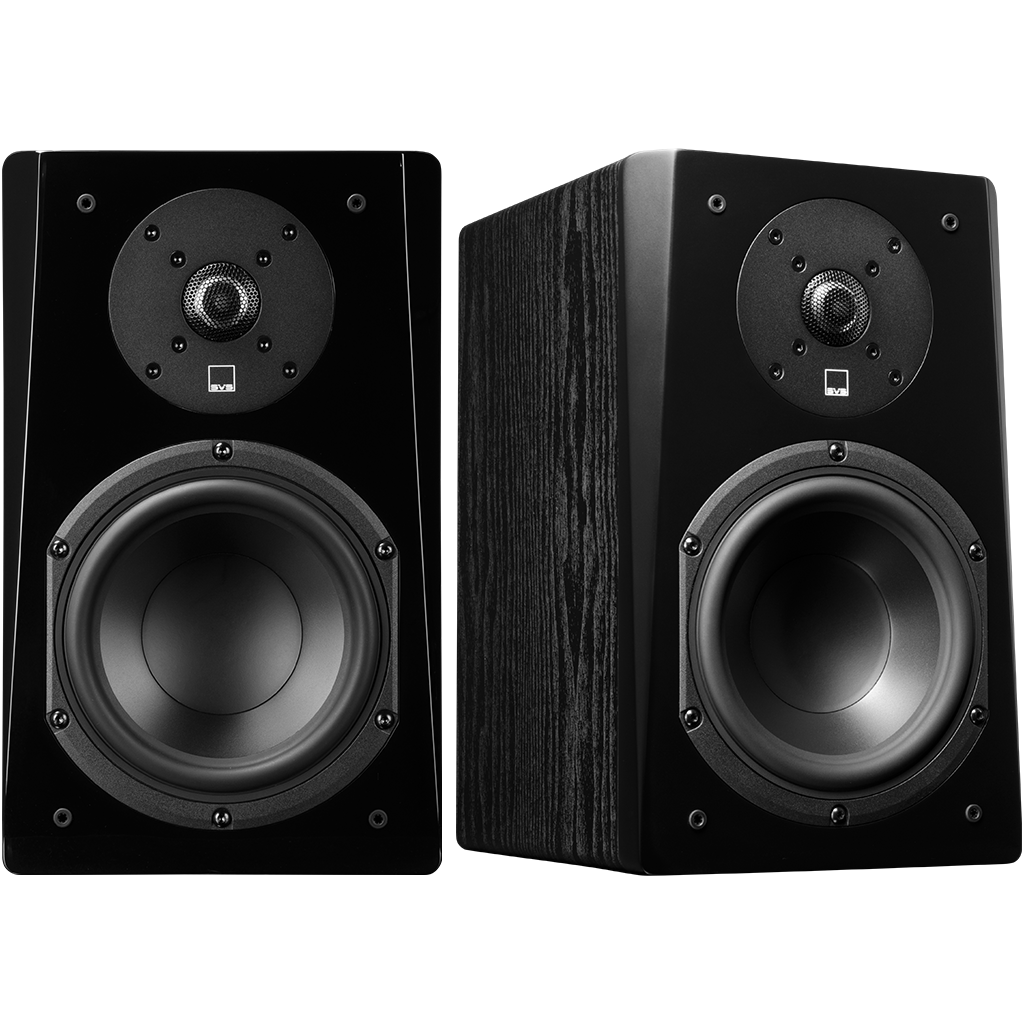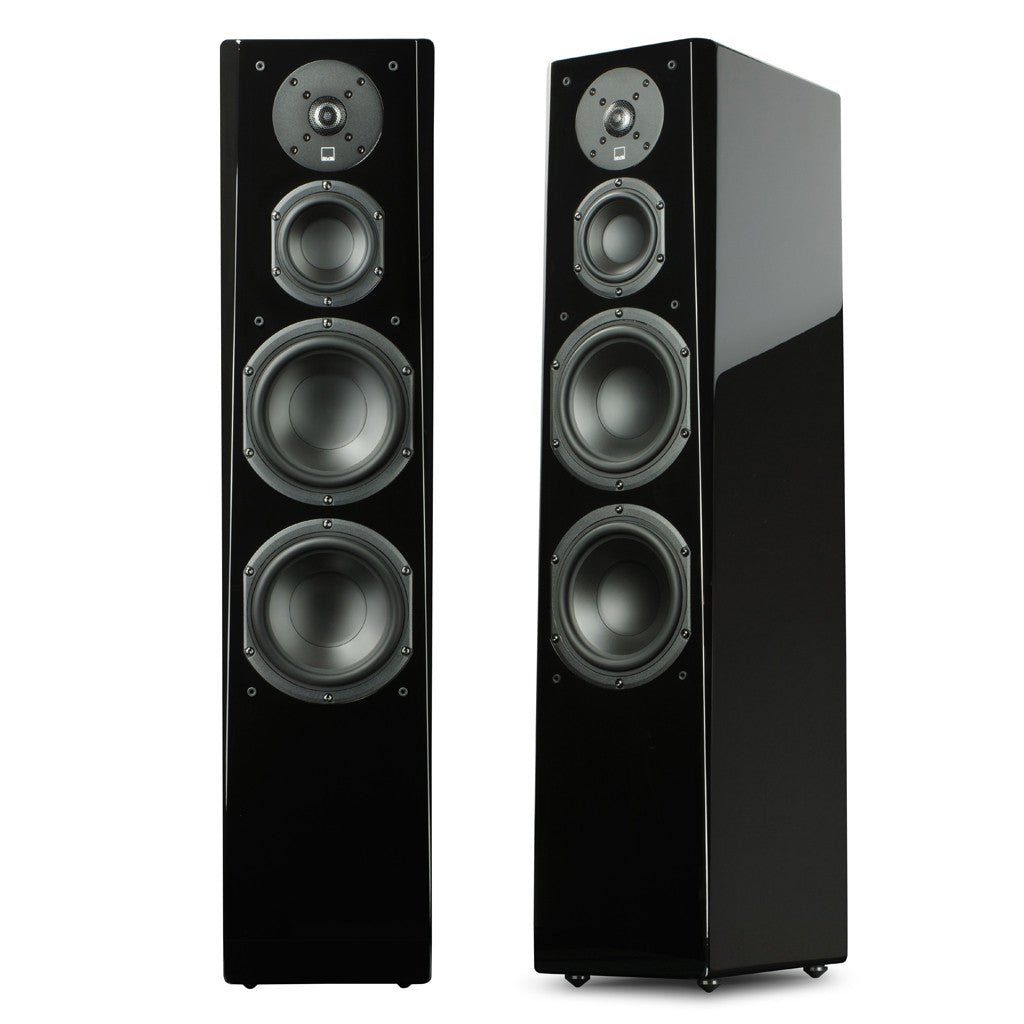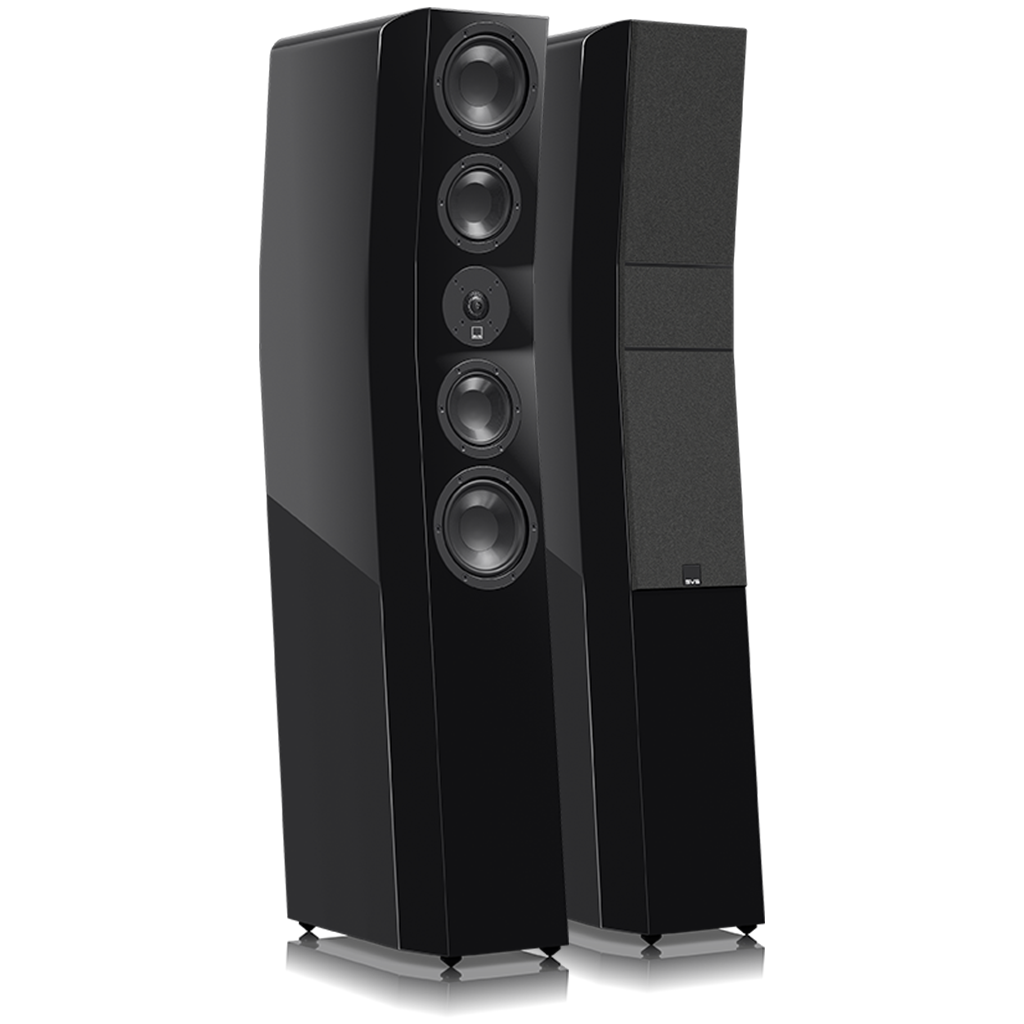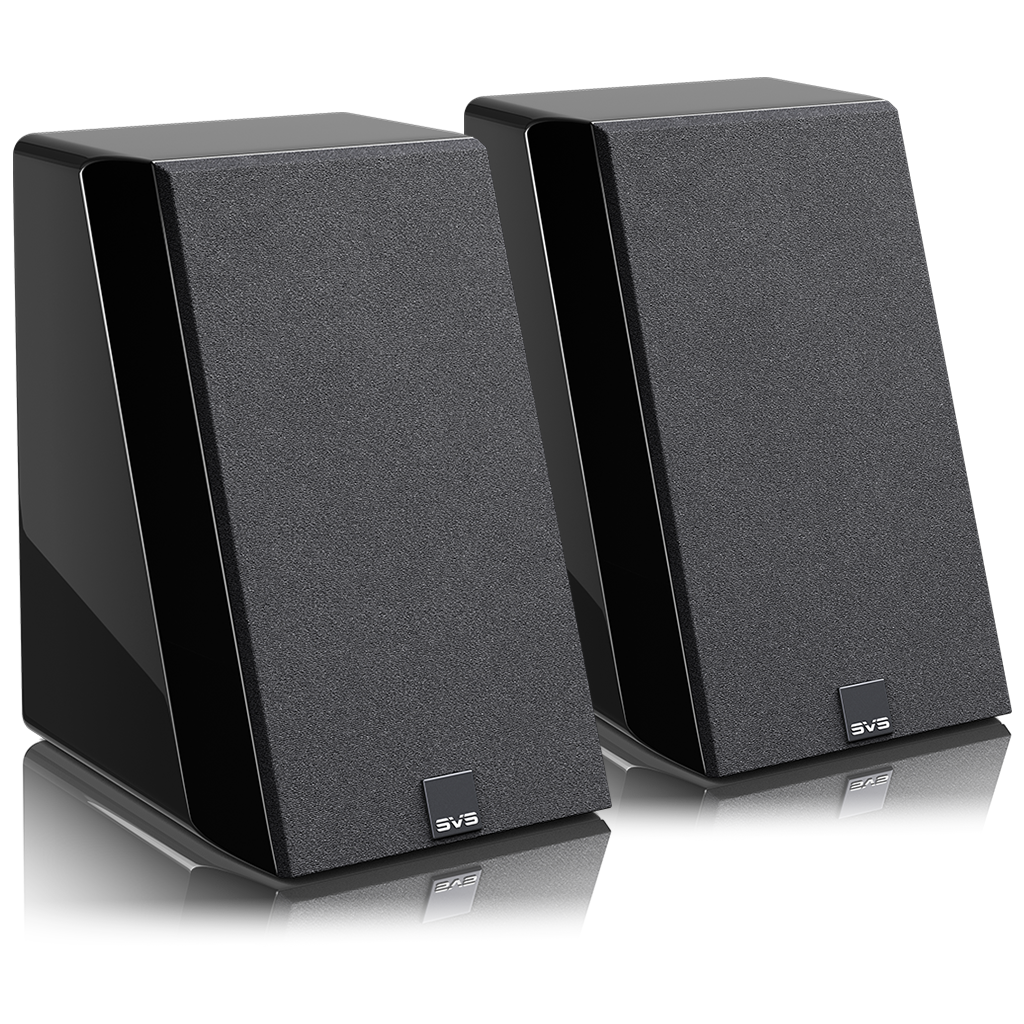What is Speaker Bi-Wiring?
Audiophiles and home theater fans seeking the best performance possible from their systems have myriad options ranging from replacing front end amplification to the tune of tens of thousands of dollars, to adjusting speaker placement and AV receiver settings, which costs nothing at all. But hey, that’s part of what makes this hobby fun, right?
One option if you’re running speakers with two sets of binding posts is bi-wiring. While it doesn’t guarantee a drastic improvement in sound quality, there are observable benefits, and the upgrade is relatively inexpensive. Let’s dive into it a bit to understand whether bi-wiring speakers is right for you.
What is bi-wire speaker cable?
A bi-wire speaker cable is an upgraded speaker cable used to connect a single amplifier channel to a speaker that has two sets of binding posts. Unlike a standard speaker cable, which has two total conductors (one positive and one negative), a bi-wire cable has four conductors split into two pairs of positive and negative conductors on the speaker side. This design is intended to provide separate paths for each of the two sets of speaker binding posts, separated for high-frequency and low-frequency audio signals.
What are the benefits of bi-wiring speakers?
Bi-wiring has two primary benefits. The first is essentially reducing cable impedance by 50%. Every wire, no matter how great in material and design, acts as a resistor and impedes current flow, albeit a very small amount. A well designed bi-wire cable will use twice as much cable compared to the same length of a standard speaker cable, reducing that already small impedance by half. This results in a stronger flow of current to the speaker and greater potential dynamic impact.
Secondly, there is a property of speakers called intermodulation distortion, or IMD. In this property, a very small amount of the distortion is essentially passed backwards through the crossover and then into other drivers. Typically, this is more readily passed from the woofer channel into the high frequency channels. This effect is incredibly small, and while measurable, rarely audible.
A bi-wire cable essentially makes this effect much less likely, as the IMD from the woofer channel would no longer be able to pass through the jumper cable but instead must pass through both full lengths of the bi-wire cable. While the cable is made with low impedance materials, the end-to-end length of the bi-wire cable will hinder the effect of IMD from the woofer channel. This can result in better separation between the highs, mids, and lows based on a lower distortion signal being passed to all channels of the speaker.
While bi-wiring may not provide a drastically noticeable enhancement to a speaker system, it is one more step listeners can take in their pursuit of sonic perfection.
How do I Bi-Wire my Speakers?

To bi-wire speakers you'll need a compatible speaker with two sets of binding posts, an AV receiver or amplifier, as well as bi-wire speaker cables. It’s critical to remove any jumper straps connecting the speaker terminals. It’s also best practice to use the same lengths and brand/model of cables.
The amplifier side of the bi-wire speaker cable will have only two terminals, positive and negative, which will connect to the appropriate positive and negative terminals on the receiver or amplifier channel. The speaker side of the bi-wire cable will have four terminals separated into two pairs. One pair will go to the speaker’s top bindings posts, while the second pair will go to the lower set of binding posts. This allows for separate connections for the high and low-frequency drivers within the speaker. If your equipment and speakers do not support bi-wiring, you can simply use a standard speaker cable.









